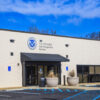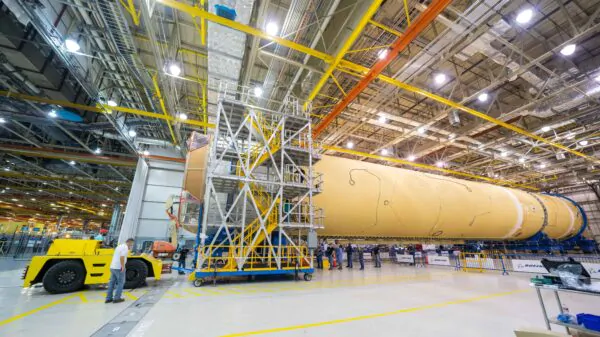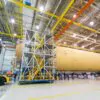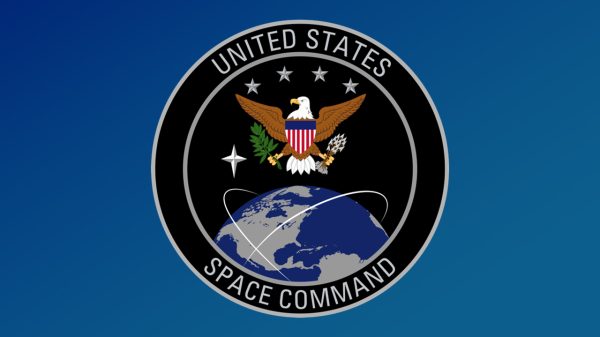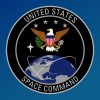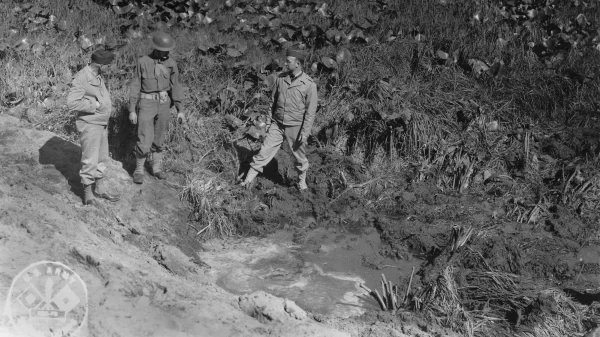By Brandon Moseley
Alabama Political Reporter
Monday, February 1, NASA Administrator Charles Bolden named Todd May as the director of the agency’s Marshall Space Flight Center in Huntsville, Alabama.
May was appointed Marshall deputy director in August 2015 and has been serving as acting director since the Nov. 13, 2015 retirement of Patrick Scheuermann.
Bolden said in a statement, “Todd’s experience and leadership have been invaluable to the agency, especially as we have embarked on designing, building and testing the Space Launch System, a critical part of NASA’s journey to Mars.” “He brings his expert program management and leadership skills and sense of mission to this new role, and I look forward to having him at the helm of Marshall.”
May is a native of Fairhope and a graduate of Auburn University. He lives in Huntsville with his wife, Kelly, and their four children.
May’s NASA career began in 1991, in the Materials and Processes Laboratory at Marshall. May was deputy program manager of the Russian Integration Office in the International Space Station Program at NASA’s Johnson Space Center in Houston in 1994. May managed the successful integration, launch and commissioning of the station’s Quest airlock in 1998, and also joined the team that launched the Gravity Probe B mission to test Einstein’s general theory of relativity.
In 2004, May assumed management of the Discovery and New Frontiers Programs, created to explore the solar system with frequent unmanned spacecraft missions. He moved to NASA Headquarters in Washington in 2007, as a deputy associate administrator in the Science Mission Directorate. In June 2008, May was named Marshall’s associate director, technical, a post he held until being named SLS program manager.
May has earned awards including: NASA’s Exceptional Achievement Medal, the Presidential Rank Award of Meritorious Executive, NASA’s Outstanding Leadership Medal, the John W. Hager Award for professionalism in materials engineering, Distinguished Engineer by Auburn, Aviation Week’s Program Excellence Award, and the Rotary National Award for Space Achievement Foundation’s Stellar Award in recognition of the SLS team’s many accomplishments.
Marshall is one of NASA’s largest field installations, with almost 6,000 civil service and contractor employees, an annual budget of approximately $2.5 billion and a broad spectrum of human spaceflight, science and technology development missions.
On March 15, 1960, President Dwight D. Eisenhower signed an executive order officially naming the new space center the George C. Marshall Space Flight Center. General George C. Marshall was Chairman of the Joint Chiefs of Staff during World War II. He selected then Major Eisenhower for a series of promotions that eventually led him to being the top allied officer in the European Theatre. Following the war, Marshall served as Secretary of State for the Truman Administration where he won the Nobel Peace Prize for founding the Marshall Plan that provided aid to Europe to recover from World War II. Also on March 16, 1960 Eisenhower signed an executive order transferring the Saturn rocket program from the Army to NASA. On September 8, President Eisenhower visited Huntsville, Ala. to dedicate the new NASA field center. The George C. Marshall Space Flight Center was placed under the direction of former German scientist Dr. Wernher Von Braun. As part of his remarks dedicating the center, President Eisenhower referred to General Marshall as a “man of war, yet a builder of peace.”
The Marshall Space Flight Center was tasked with building the Saturn V rocket that launched man to the moon in 1969. Marshall has been heavily involved in numerous NASA missions including the Apollo landings on the surface of the moon, Skylab, the Space Shuttle program that carried a generation of Americans into space, the Hubble Telescope which has revolutionized astronomy, and the Space Launch System which has the potential to possibly get man to Mars.
NASA’s Marshall Space Flight Center and the military’s Redstone Arsenal have over the last 60+ years transformed Huntsville from a farming and textiles community to one of the foremost aerospace and technology hubs in the entire world.
Bloomberg News recently reported that 16.7 percent of workers in the greater Huntsville metropolitan area hold a job in science, technology, engineering, or mathematics (STEM), the third most technical workforce in the country after San Jose, California and Framingham, Massachusetts.
The first Orion spacecraft which will fly on the Space Launch System (SLS) is currently being assembled at NASA’s Michoud Assembly Facility in New Orleans. The Orion crew module will fly atop NASA’s Space Launch System (SLS) rocket on a mission beyond the far side of the moon. NASA’s prime contractor for the Orion spacecraft is Lockheed Martin. The SLS which will launch the Orion spacecraft is being designed by a team of engineers at Marshall.
Since its inception in 2011, May has led the Space Launch System (SLS) program through a series of milestones, including a successful in-depth critical design review.







































